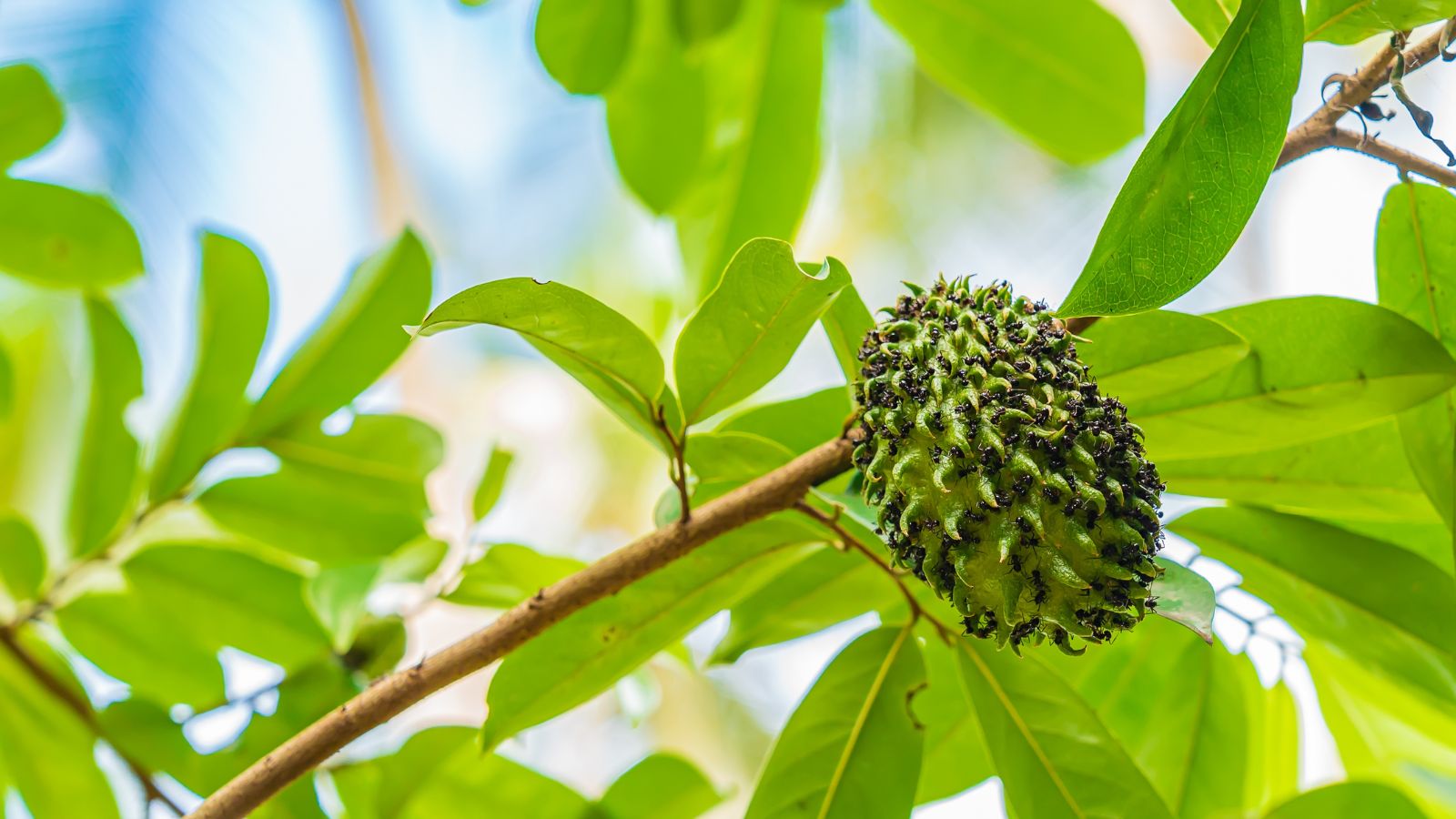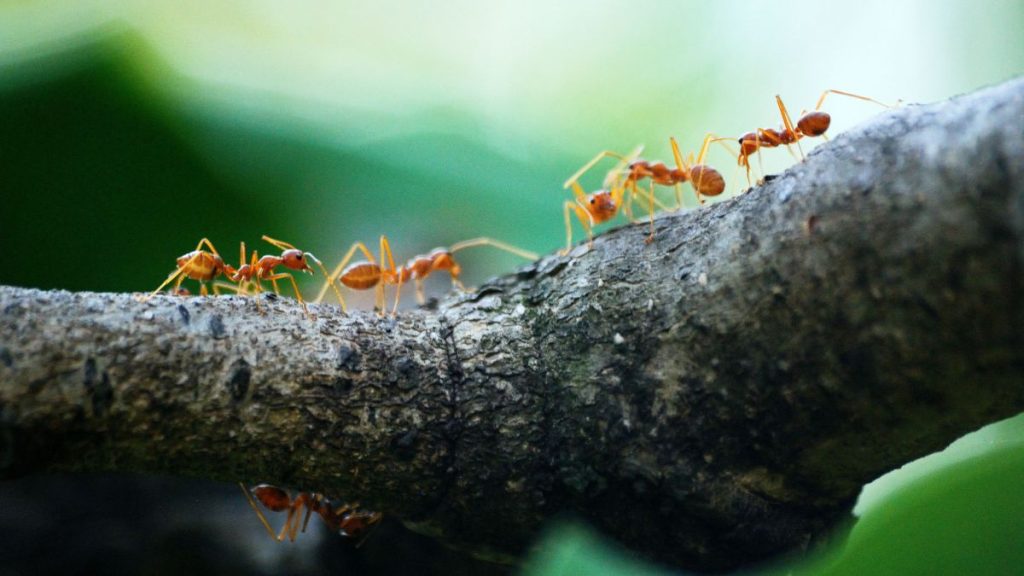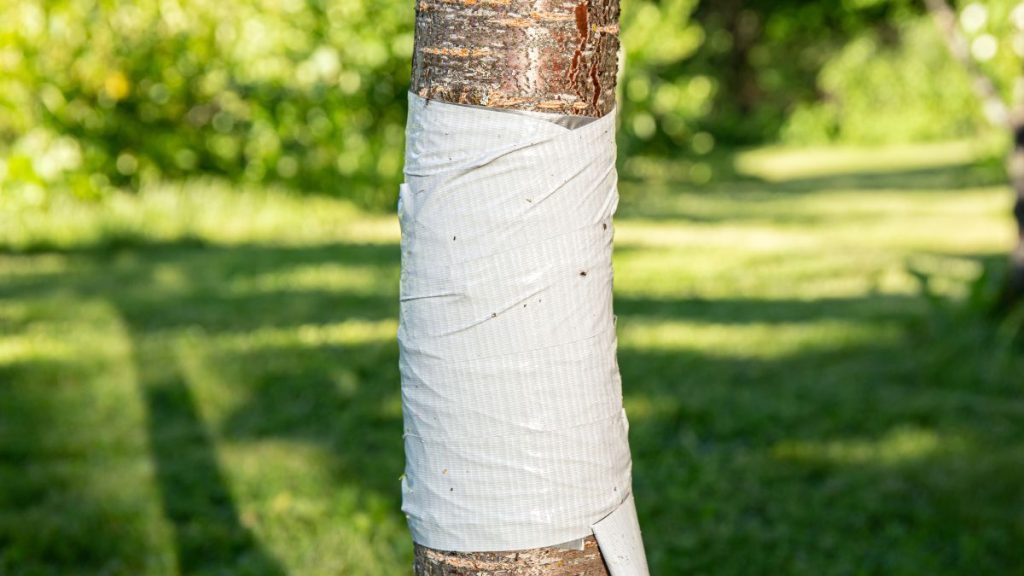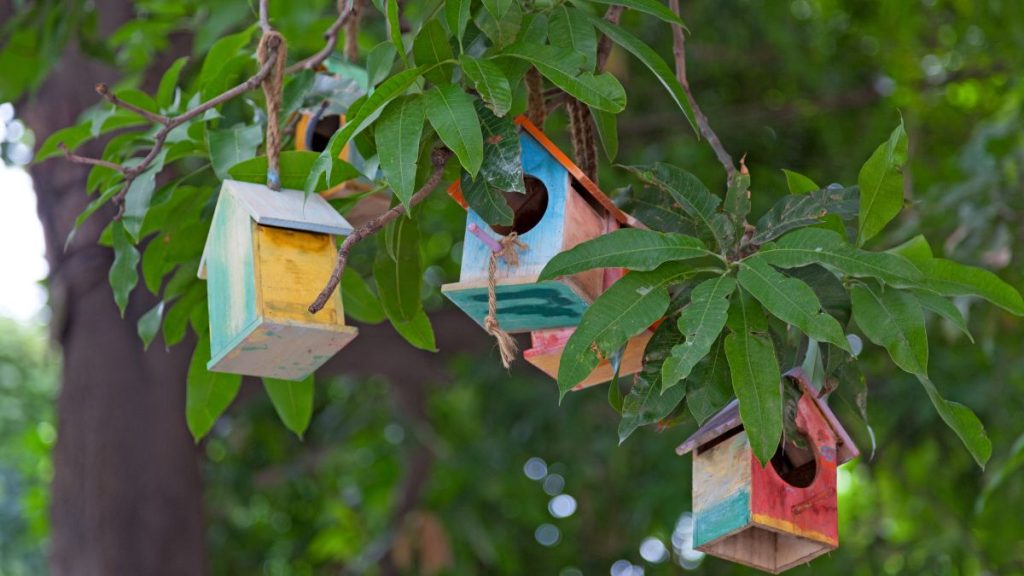Keep Ants Off Fruit Trees Using Natural Household Products

Fruit trees can bring life to any garden, offering sweet bounty throughout the season.
However, the sight of ants swarming to feast can soon turn that dream into a gardener’s plight.
These tiny invaders not only compete for your harvest but also pose a threat to the health of your trees by nurturing sap-sucking pests.
Fortunately, there are a range of natural methods you can deploy to protect your fruit-laden friends.
From spraying a mixture of natural insecticides like neem oil to setting up barriers and using organic baits, you can tackle the ant problem without resorting to harsh chemicals.
Embracing these eco-friendly tactics not only keeps your fruit trees ant-free but also preserves the harmony of your garden ecosystem.
Why Get Rid of Ants on Fruit Trees?
The Impact of Ants on Your Harvest
Ant colonies do not just reside in the soil beneath your fruit trees; they can ascend the trees themselves.
These insects are attracted to the sweet substances produced by other tiny pests such as aphids.
Unfortunately, their presence can lead to the development of a black, sticky substance known as sooty mold on leaves and fruit, which can interfere with photosynthesis and diminish the quality of your crops.
Protecting the Beauty of Your Blossoms
Your fruit trees’ blossoms are vulnerable to ant bites, which can result in direct harm to the potential yield of the tree.
More than just creating an unsightly appearance, the bites affect the overall health of the trees, including those you may cherish in your citrus grove.
Keeping ants away from your fruit trees is essential to ensure the integrity and vitality of both the flowers and the forthcoming fruit.
Natural Ant Deterrents

When dealing with ant infestations on fruit trees, several natural deterrents can be used to safeguard your garden without resorting to harsh chemicals.
These methods create inhospitable environments for ants or disrupt their ability to navigate, effectively protecting your fruit trees.
Diatomaceous Earth
Spread diatomaceous earth around the base of your fruit trees.
The fine abrasive dust is harmless to plants and humans but lethal to ants, cutting through their exoskeleton and causing dehydration.
Cinnamon, Black Pepper, Chili Powder
Sprinkle a mixture of cinnamon, black pepper, and chili powder around your trees.
These spices are non-toxic but have a pungent scent and taste that ants find highly unpleasant, which deters them.
Coffee Grounds, Citrus Peels
Used coffee grounds and crushed citrus peels can be scattered at the base of your fruit trees.
These materials interfere with the ants’ scent trails, making it difficult for them to navigate and communicate.
Essential Oils
Mix a few drops of essential oils like peppermint, tea tree, or eucalyptus with water, and spray it around your trees.
The strong scents of these oils act as a natural repellent for ants.
Insecticidal Soaps
Apply a solution of insecticidal soap to areas with heavy ant activity.
This soap damages the ants’ protective coating, leading to their elimination without harming your plants.
Kaolin Clay Spray
Create a physical barrier by spraying a kaolin clay solution on the leaves and base of your fruit trees.
This non-toxic spray deters ants and other pests by creating a film they’re unwilling to cross.
In using these natural methods, you’re not only getting rid of ants but also taking care of the environment and the health of your fruit trees.
Blocking Ant Access

Creating a Protective Barrier
To safeguard your fruit trees from ants, you can apply a non-toxic adhesive product like Tanglefoot around the trunk.
This forms a barrier that ants can’t cross.
Start by wrapping the trunk with a layer of protective material such as vinyl tape, then carefully apply the sticky substance onto the tape rather than directly on the bark to avoid any potential damage to the tree.
Pruning and Sealing Strategies
Keep an eye on the branches of your fruit trees.
If they touch other trees, structures, or even your house, it’s like rolling out a welcome mat for ants.
Trim back any branches that create these ant bridges.
Inspect the bark of your trees for cracks that could serve as entry points for ants, and seal them to deter the tiny invaders from making a home in your fruit trees.
Removing Ant Food Sources
Keep Your Trees Tidy
Regularly trim your fruit trees to ensure the canopy is open, which improves air circulation and reduces the moist environments favored by pests.
By doing so, you reduce the lush habitat that aphids and other honeydew-producing insects thrive in.
Maintain a Clean Base
It’s important to keep the area underneath your fruit trees free of weeds and fallen debris.
These can serve as shelters for ants and other insects.
By keeping the base clear, you reduce the chance of pest infestations and remove potential food sources that attract ants.
Encouraging Natural Predators

Welcoming Avian Allies
Creating a welcoming environment for birds, such as woodpeckers, can help manage ant populations on your fruit trees.
Set up birdhouses or leave dead trees standing to offer nesting sites.
Additionally, keeping a birdbath filled provides a water source for these insect-eating birds, making your garden an attractive habitat for them.
Nurturing Beneficial Insects
It’s important to steer clear of pesticides, as these can harm spiders and ladybugs, nature’s pest controllers.
Instead, consider introducing predators like green lacewings or parasitic wasps, which feed on ants.
You can attract these beneficial insects by planting flowers rich in nectar, like sweet alyssum or dill, which provide food for adult insects.